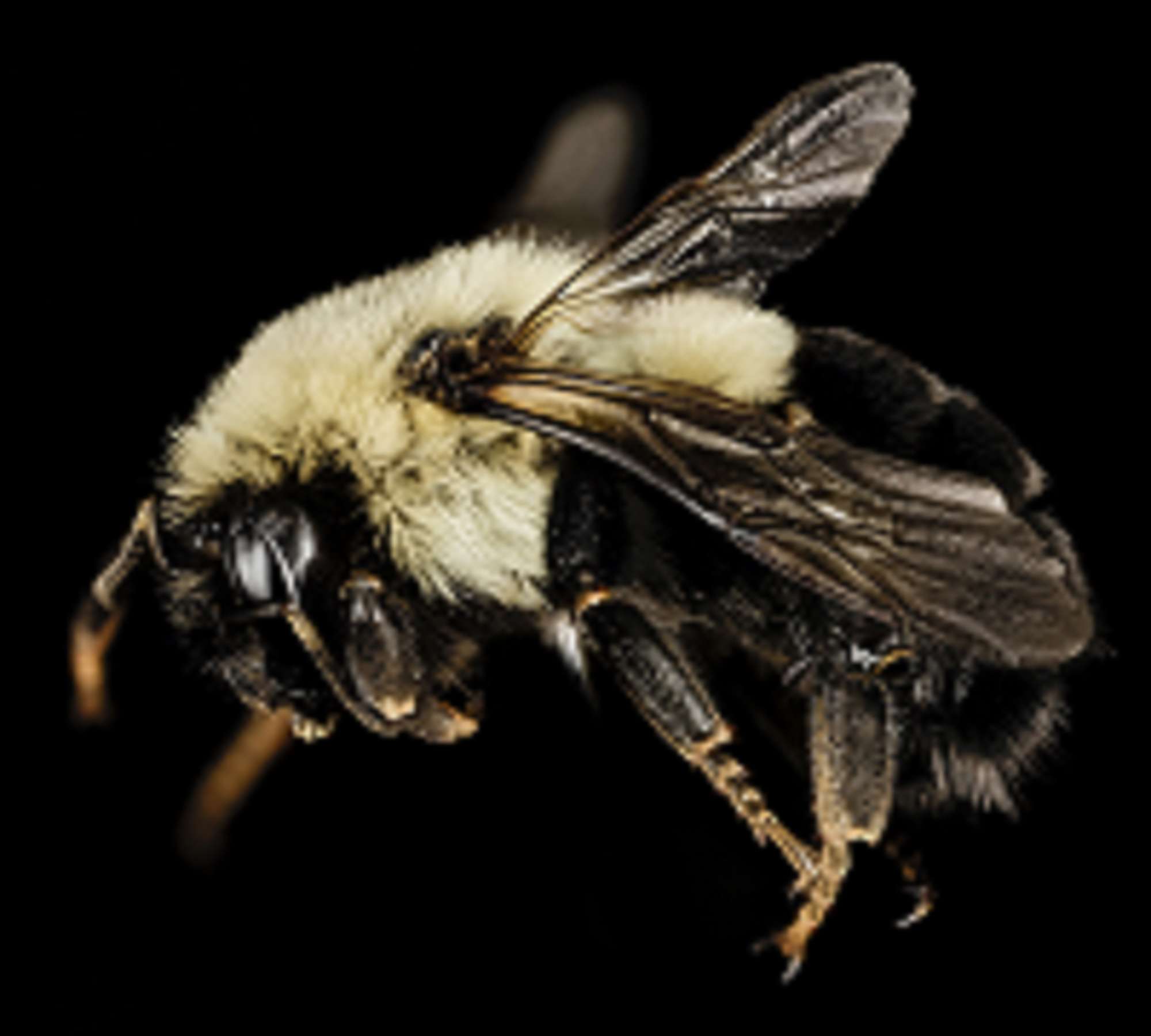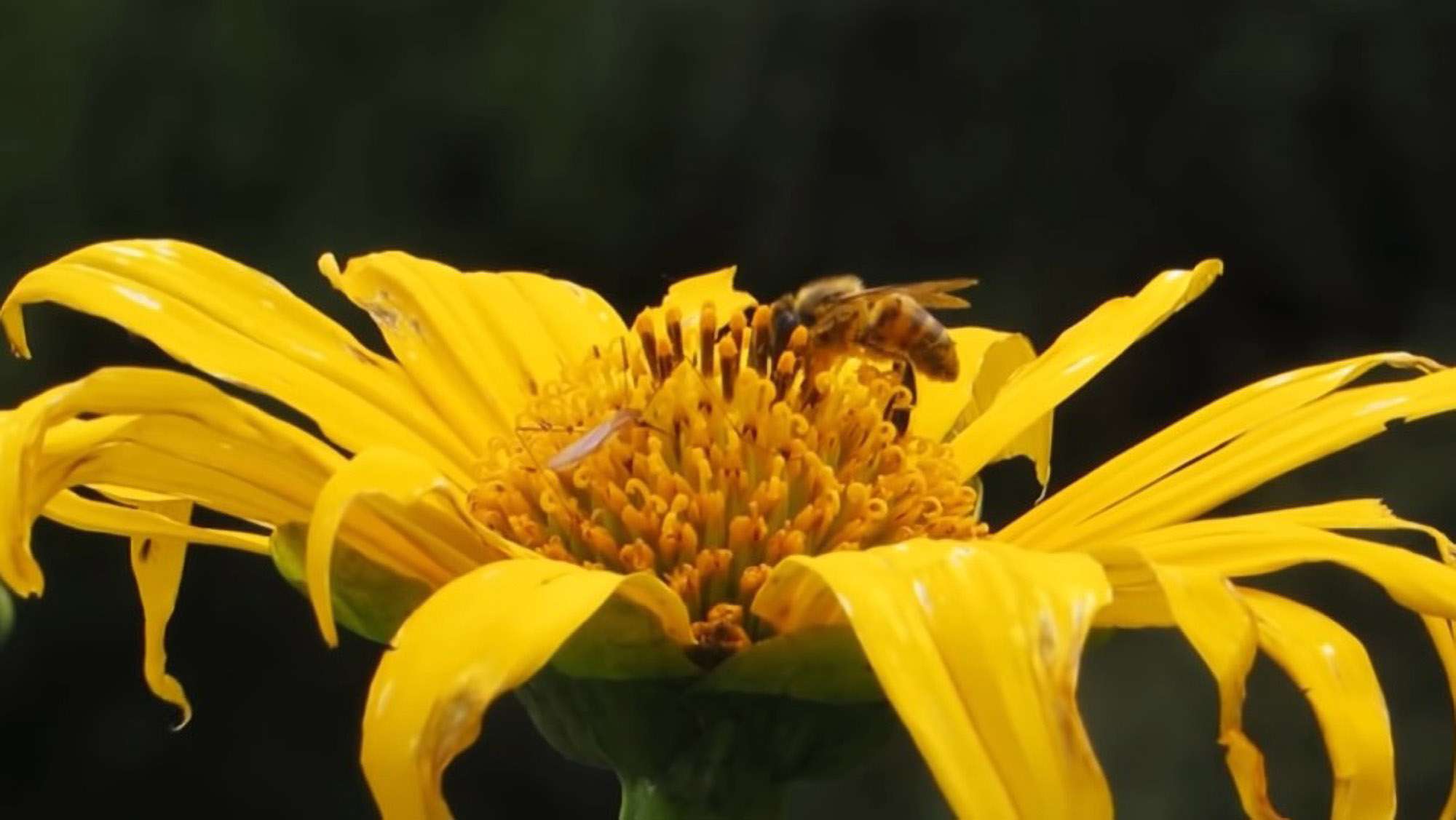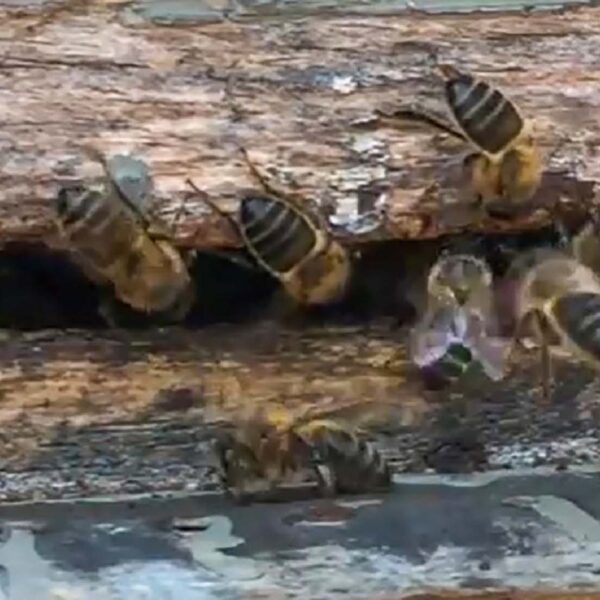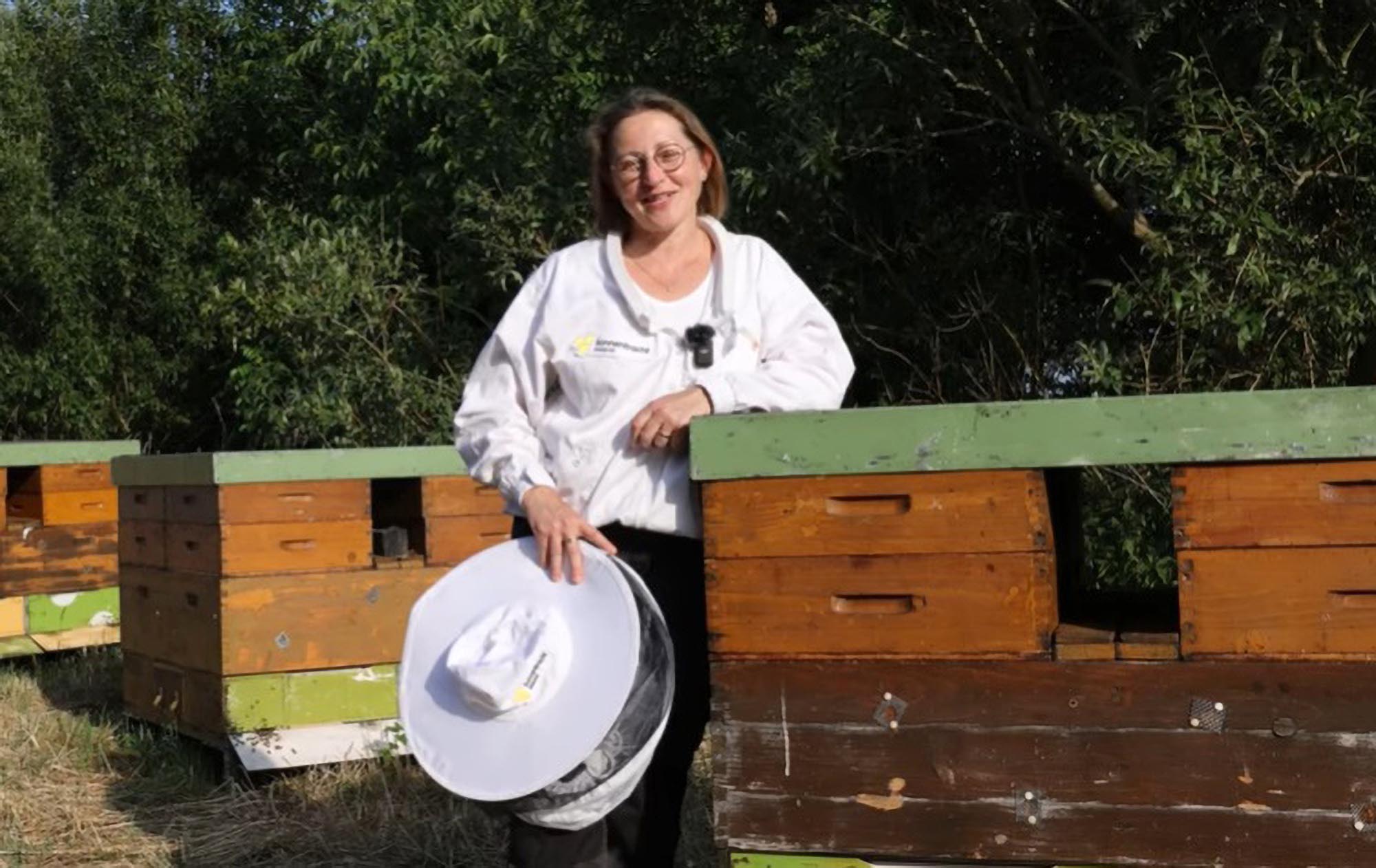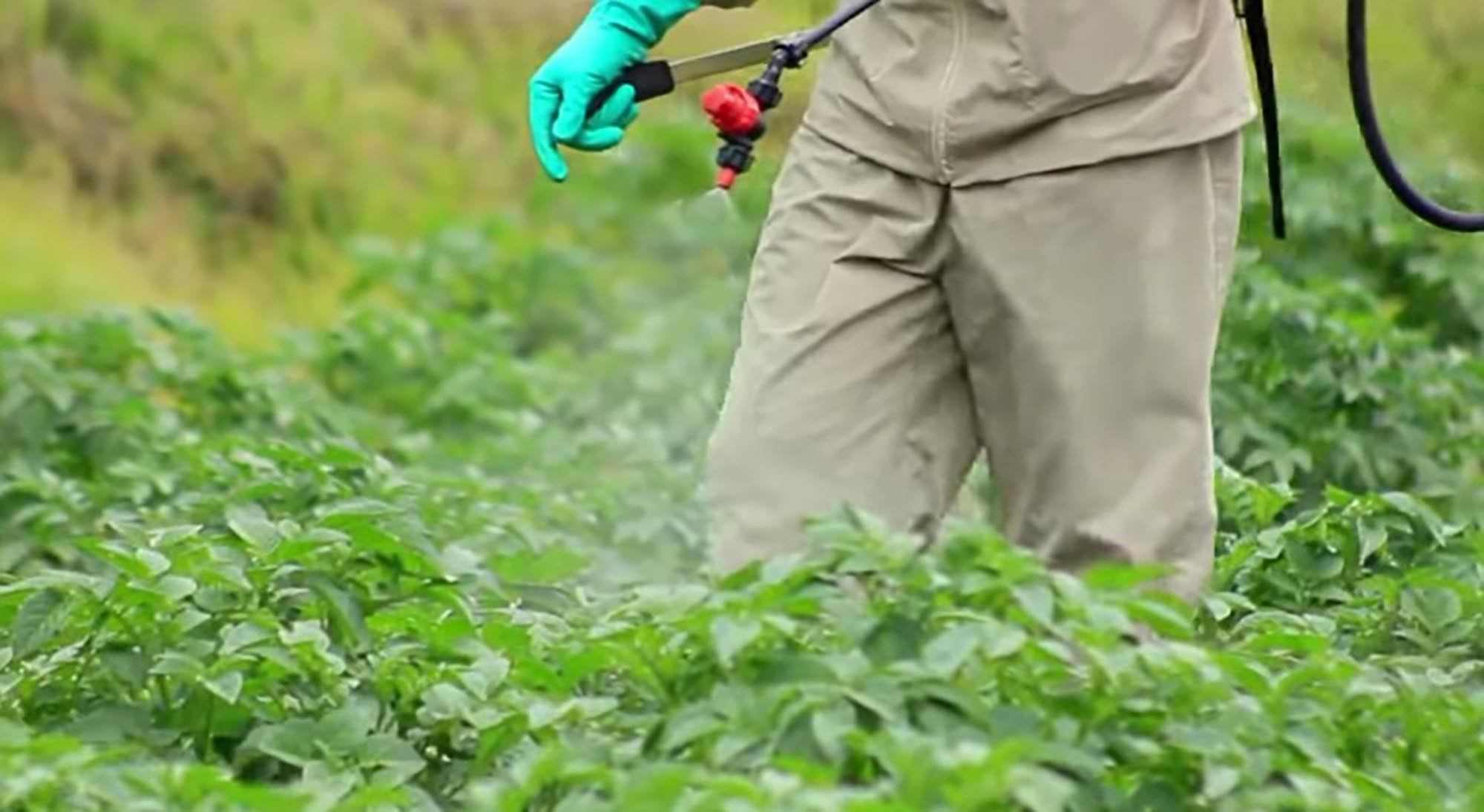An American scientist researching the cause of death of bumblebee queens has called on commercial growers to reduce their pollination services to protect wild species.
Experts at Cornell University in Ithaca, New York, discovered deceased wild bumblebee queens in the hives during an investigation of commercial bumblebees’ pollination productivity in early spring.
Ten dead animals were detected on average in each nest box, according to Dr Heather Grab.
Bumblebees are engaged pollinators. They collect nectar but do not convert it into honey.

The Cornell University researchers focused on the activity of commercial eastern common bumblebees (Bombus impatiens) kept in brightly-coloured hives.
Dr Grab explained: “The boxes draw wild bumblebee queens – and those of other species – engaged in usurpation, a natural behaviour in which a queen who has yet to establish her own nest takes over another queen’s nest for a potential advantage.”
The entomologist added: “These usurping wild queens are killed by workers upon entry, as commercial hives have many more workers than natural nests.”
Dr Grab and her seven co-authors – who published their study in the Journal of Applied Ecology – found that excluders were impeccably efficient at keeping the resident queen in and usurpers out.
Excluders are devices which narrow the nest boxes’ entrances.
Dr Grab – who is a senior lecturer at Cornell University’s School of Integrative Plant Science – warned: “Every one of those queens that are killed will not find her own nest somewhere else on that farm.”
She explained this development would mean that worker bees pollinate those crops later in the season.
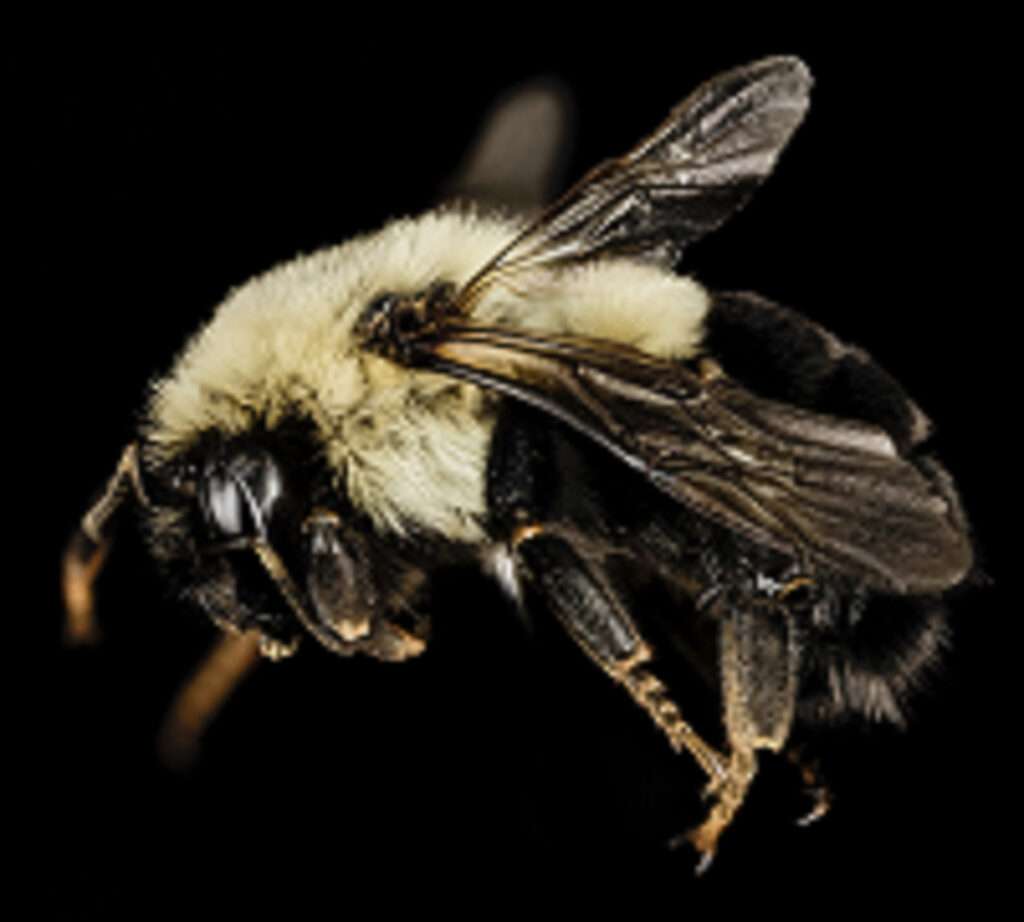
The scientist claimed that the finding “potentially adds to the list of human practices that contribute to the decline of wild bee populations.”
Dr Grab explained that undomesticated eastern bumblebee populations were “not a species of conservation concern.”
However, the researcher underlined that her team discovered dead queens of other types – such as a threatened species called confusing bumblebee (Bombus perplexus) – inside the commercial hives.
The Cornell University experts assume that the deceased queens could be due to a lack of understanding concerning usurping behaviour, the bright colours of the nest boxes and their smells.
Dr Grab said these aspects would function as “hyper-attractive cues to nest-searching queens.”
To test their theory, the researchers placed commercial bumblebee colonies on apple orchards in eight sites around the Finger Lakes area of New York in early spring.
The colonies were installed next to each other. While 50 per cent of them were equipped with excluders, they were omitted in the other half.
The scientists marked each hive’s original queen and checked the nests every few days over a two-week period.
They found that excluder-free nests featured more dead usurpers. One nesting site even contained 19 dead queens.
Dr Grab advised: “If you are a commercial grower and you want to manage bumblebees – especially if you are bringing them in early in the season – you may actually be reducing your overall pollination services by investing in these commercial bumblebee colonies unless you are taking some risk-mitigation strategies like putting in a queen excluder.”

